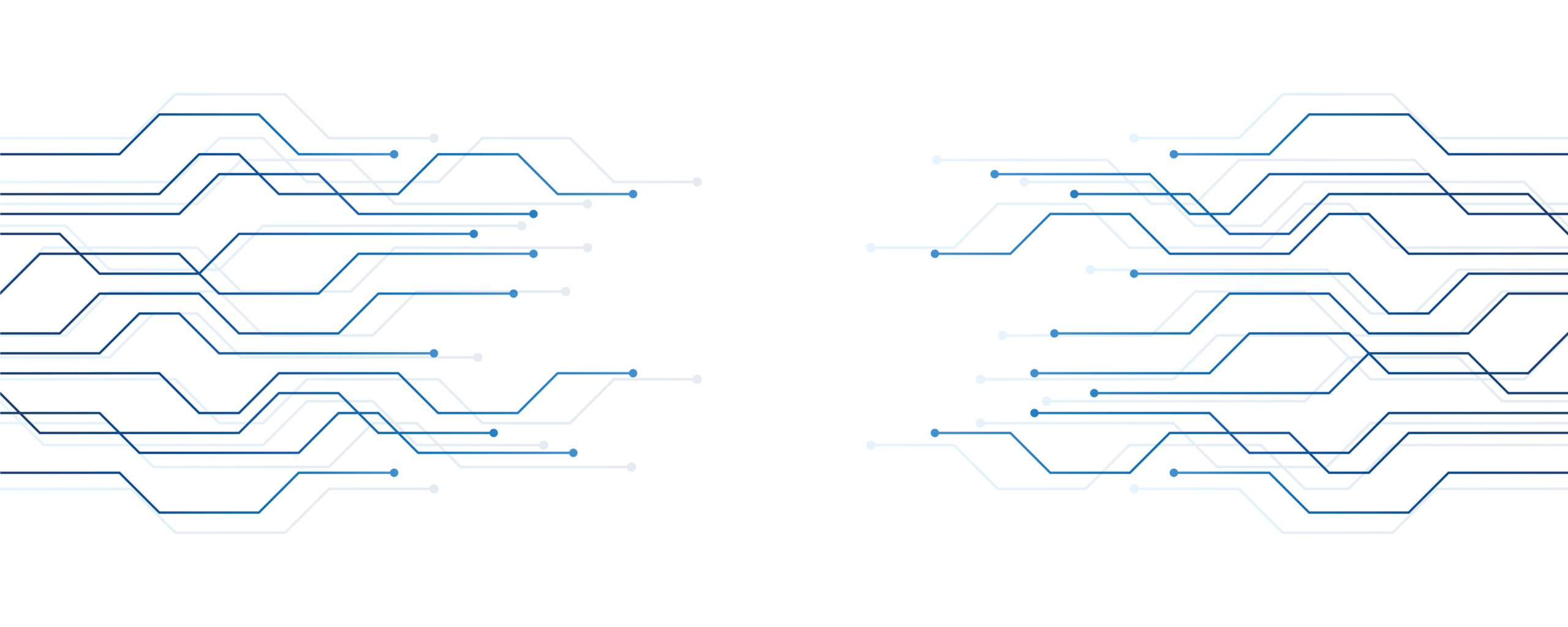By Zac Amos, guest author
The information technology (IT) world is vast and complex. It seems like new IT terms are constantly emerging, so it’s understandable that you might not know about IT consolidation. Continue reading to take a deeper look at what it is, what companies should consider before consolidating and explore some of the best IT consolidation practices.
What Is IT Consolidation?
IT consolidation is the process of determining how server resources and data storage are shared with end users, including employees, external users and customers. Multiple applications and users typically share the same resources, especially within one business unit. In the age of remote work, it’s no surprise that IT consolidation is becoming a hot topic within the IT and cybersecurity industries. Many businesses have turned remote work into a permanent fixture, which can impact their IT infrastructure and operations, as it opens up workers and themselves to more cybersecurity risks. Two common types of consolidation are server and storage consolidation. With server consolidation, companies focus on reducing the number of physical servers in their IT environments. Storage consolidation aims to centralize data storage to improve performance and reduce costs.
Why IT Consolidation is Important
IT consolidation is important because it can provide several benefits to an organization’s IT infrastructure. For example, companies looking to bolster their cybersecurity programs can consolidate their IT systems. Doing so reduces the number of servers or storage methods threat actors can use to penetrate a network or system, resulting in more robust security. Ultimately, there are three essential benefits businesses can reap by consolidating:
- Increased productivity
- Higher efficiency
- Reduced costs
Server and storage consolidation can reduce IT complexity, provide seamless access to information for employees, support remote or hybrid work, and simplify business processes.
4 Best Practices for Implementing IT Consolidation
Instead of viewing IT consolidation as a hassle, consider it a long-term solution to reduce IT complexities. When you strip down consolidation, it’s a valuable business strategy to minimize headaches and frustration within your IT department.
- Identify Gaps in the Current IT Department: One of the best things IT professionals or corporate managers can do is to identify the current gaps within their IT systems. Before taking on a consolidation project, businesses should take inventory of their tech stack and determine how it can improve through IT consolidation. Identify which third-party vendors the organization uses and see if there are any unnecessary tools to eliminate during consolidation. In doing so, managers and IT pros can ensure they’re consolidating for the right reasons.
- Outline Requirements and Responsibilities: Once the IT team can identify the gaps, the project leader needs to assign responsibilities. It’s also critical that they outline IT requirements that must be kept in check during the IT consolidation process. They must ensure reducing the number of servers will not impact performance or speed, as it can negatively impact the business. Every team member should be responsible for ensuring the IT consolidation process goes smoothly. If there are any outstanding issues, employees should address them to the project manager and determine how to find the right solutions. Like any project, IT consolidation requires everyone involved to be on the same page.
- Develop a Consolidation Strategy: The next best practice is to develop a usable IT consolidation strategy. For example, consolidation typically involves high upfront costs, which companies should budget for ahead of time. A good consolidation strategy should have a few key elements, including:
- Proper planning
- Impact and dependencies
- Communication
- A phased approach to minimize pain points
IT consolidation aims to eliminate gaps and redundancies and make it easier for all departments to access information freely.
Zac Amos is the Features Editor at ReHack, where he covers cybersecurity news and insights. He is also a regular contributor at DZone, ReadWrite, and HackerNoon. For more of his work, follow him on LinkedIn or Twitter.












